Bab el-Mandeb: The Gate of Tears
We live on the land, but our society runs on the seas and oceans. The world’s merchant fleets include 52,183 ships as of January 2017, Statista noted. These vessels carry over 90 percent of the world’s trade. As they transport goods from producer to consumer, these fleets often sail through sea-gates, narrow maritime waterways.
The most dangerous sea-lane, according to the National Interest, is the Bab el-Mandeb—the Gate of Tears.
The Bab el-Mandeb links the Indian Ocean and the Mediterranean Sea. This waterway enables ships to sail between Europe and Asia without having to spend several days circling around the entire continent of Africa.
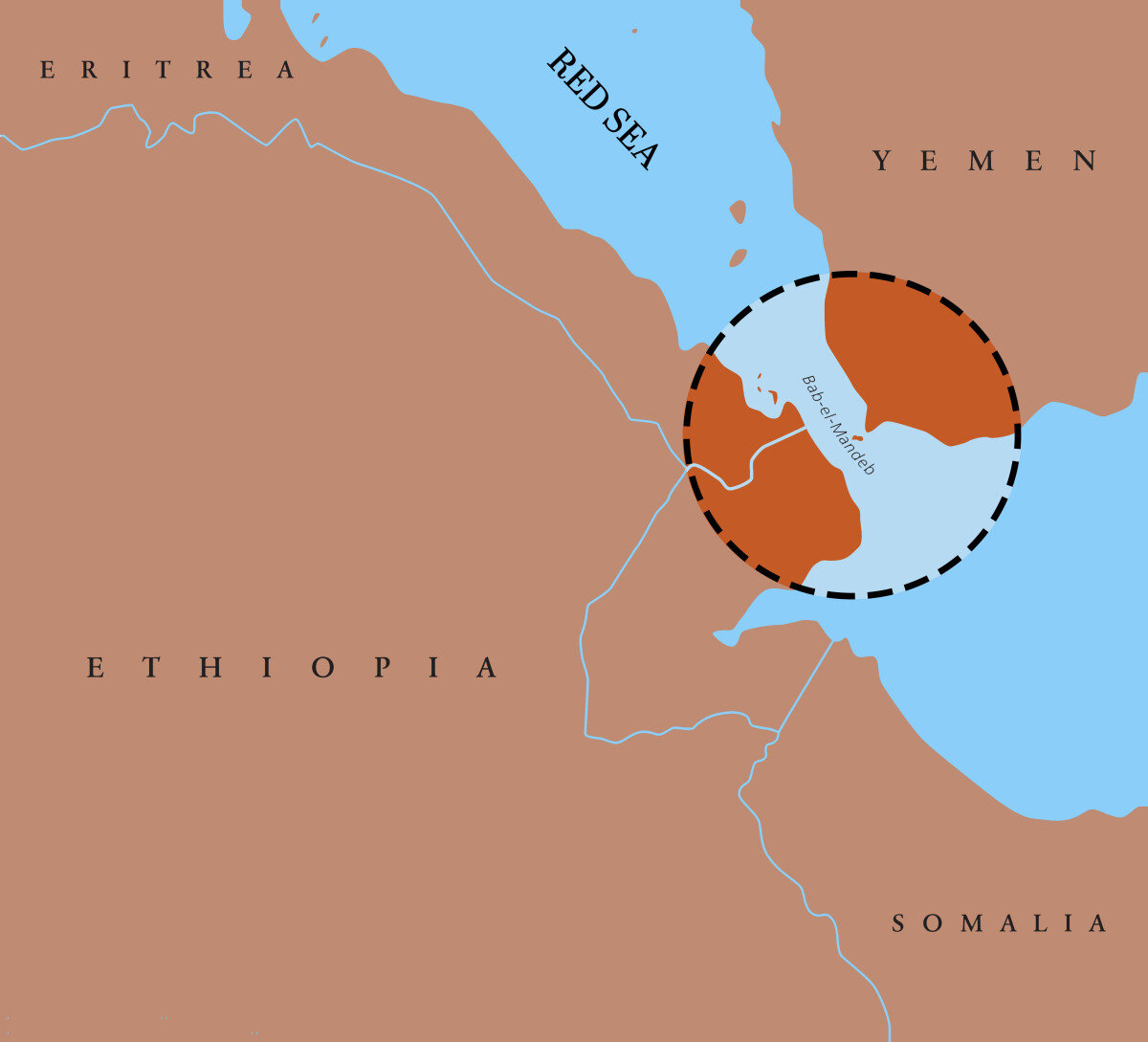
The strait is the narrowest point between the Arabian Peninsula and the Horn of Africa and forms the southern entrance to the Red Sea. To the north, the Suez Canal opens the way from the Red Sea to the Mediterranean Sea.
The strait is 20 miles wide, divided into an eastern and western channel by Perim Island. The western Dact el-Mayun channel is the only one deep enough for large vessels, such as tankers.
That doesn’t mean the entire channel is operable. To avoid collisions, a north and south shipping lane has been established. Each is a mere 2 miles wide.
Why This Strait Matters
From antiquity until the 15th century, the Red Sea was the main thoroughfare for east-west seafaring trade. But cargo had to be unloaded in Egypt, transported across land, then loaded back on ships. The discovery of the Cape of Good Hope led to a drop-off in trade through the Bab el-Mandeb. To avoid the cumbersome process of overland travel, traders sailed around Africa.
In 1869, Egypt’s Suez Canal opened. Ships could now sail directly from the Red Sea into the Mediterranean. The distance from Asian ports to European ports was cut by as much as two thirds. The Bab el-Mandeb suddenly became one of the most crucial sea-lanes in the world.
The nations surrounding the strait awoke to newfound power. The impoverished nation of Yemen can punch above its political class for only one reason: It borders this sea-lane. On the Western shore, Djibouti, Ethiopia and Eritrea also enjoy close proximity and the influence it brings.
Through the Gate of Tears’ 2-mile-wide lanes, 20,000 ships sail each year, an average of 55 per day. Since the 1930s, these vessels have included oil tankers.
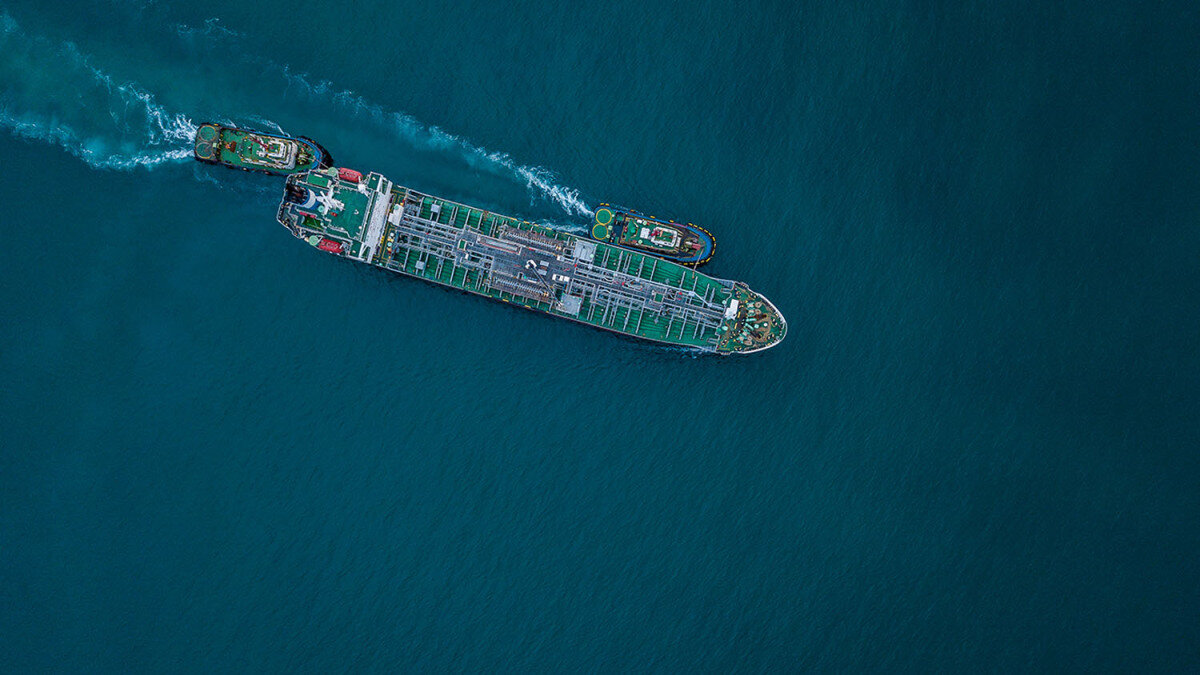
Oil has become a driving force behind worldwide economic growth and military preparedness. It is the lifeblood of the global economy. Sixty percent of the world’s oil is transported by sea.
If shipborne oil is the blood of the world, then Bab el-Mandeb is a major artery. And just like the circulatory system, we tend to not think of it when it is functioning normally. But when it is cut or clogged, its importance becomes obvious.
If the lane were blocked or the flow of vessels significantly slowed, our world would change. Insurance companies would charge higher rates or refuse to insure ships traversing the strait. The cost of goods and commodities coming from Asia would rise.
There would likely be a dramatic military build-up, as fail-safes, put in place by world powers, kicked into gear. Israel, for instance, has vowed retaliation against Iran if it closes the Red Sea.
The petrol at your gas station would leap in price. Even if you live somewhere that doesn’t rely on trade through the Red Sea, you would be affected. An attack on a tanker in this crucial sea-lane could dramatically escalate tensions and violence in the region. The world economy would be rocked, and the European continent in particular.
You can see why world powers invest billions in security to keep this strait open. The world economy cannot afford to let the gate close. Neither can it afford to see it controlled by hostile powers—which is exactly what Iran is trying to do.
Iran’s Red Sea Strategy
As you read this, Iran is working to control the Gate of Tears.
First, Iran wants the strait as a bargaining chip. Why? Because the mullahs have done this elsewhere, and it works.
Iran already controls the Strait of Hormuz, the only entrance to the Persian Gulf. Ships carrying 18 million barrels of oil per day pass through that strait. According to Express, the closure of the Strait of Hormuz could push oil prices above $200 per barrel.
Iran routinely threatens to close the strait. Iranian Maj. Gen. Mohammed Ali Jafari said on July 5, “We will make the enemy understand that either everyone can use the Strait of Hormuz or no one.” This was in response to America’s recent reimposition of sanctions targeting Iranian oil.
Iran knows that threats to shut the strait, while often construed as hot air, carry weight. It grants Iran power and leverage—particularly in negotiations, nuclear or otherwise.
As powerful as that leverage is, controlling the Bab el-Mandeb would make it even more powerful. American think-tank Stratfor noted, “Iran’s navy cannot project enough power to control key shipping lanes, but Tehran has emphasized its presence around Bab el-Mandeb as a possible means of disrupting global trade in the event of an attack on Iran and a key point for negotiations in the future.”
But Iran’s strategy goes well beyond mere bargaining chips.
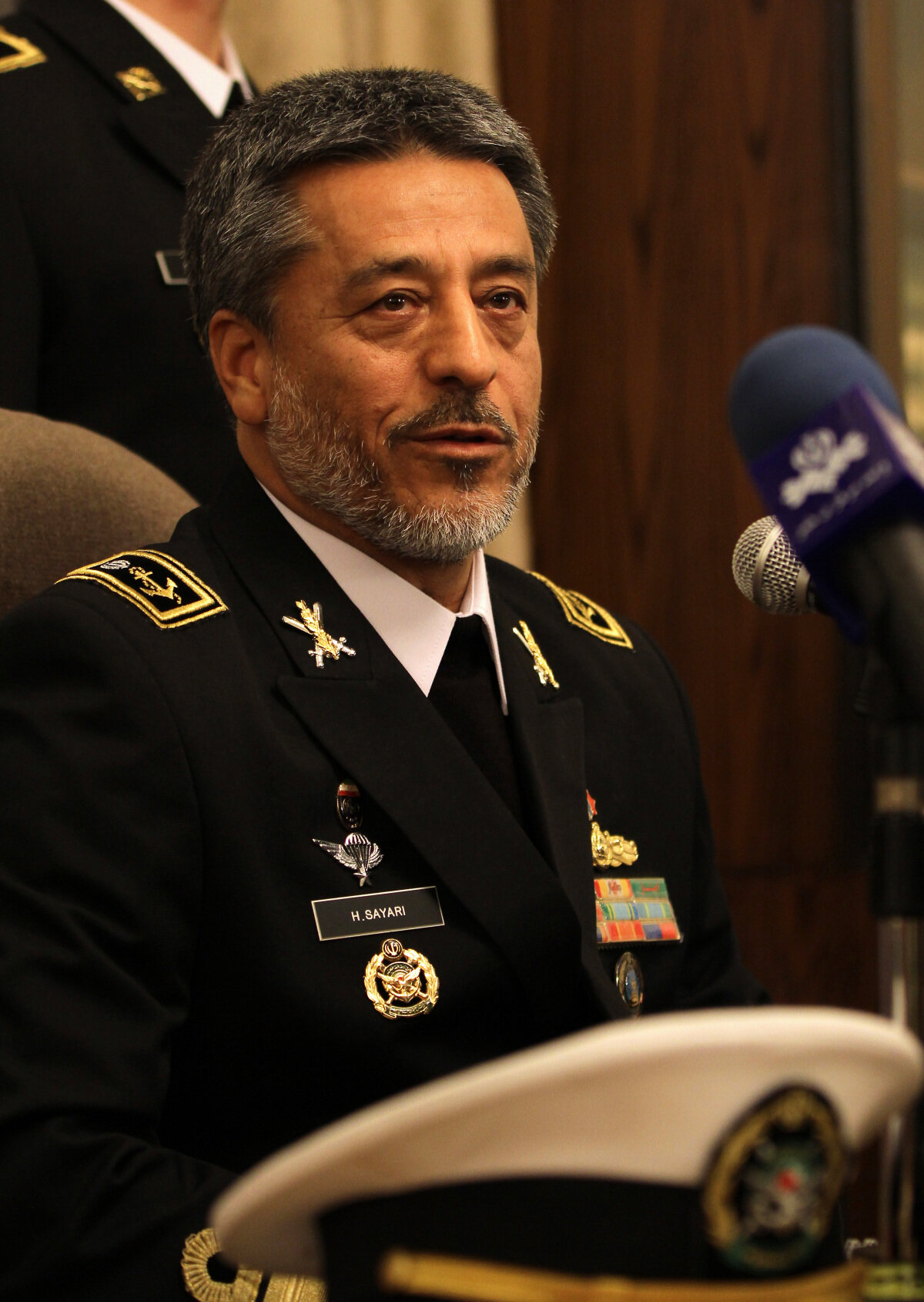
In 2015, Iranian-backed Houthi fighters captured Perim Island. Rear Adm. Habibollah Sayyari, commander of the Iranian Navy, announced, “The Islamic Republic of Iran’s navy has deployed in the north of the Indian Ocean and the Gulf of Aden, and this presence will continue forever.”
By supporting the Houthi rebellion, Iran is setting up a proxy at the gate. On January 8, Saleh al-Samad, the head of the Houthi rebel government, told a visiting United Nations delegation that his group could “turn to strategic options … including cutting off the Red Sea and international navigation” if the Saudi coalition continued to threaten Hodeidah, the only major port under Houthi control.
Speaking about the conflict in Yemen, Helima Croft, global head of commodity strategy at rbc Capital Markets, said, “We’re just one missile away somewhere from getting into a more direct confrontation.”
We have already seen a foretaste of what that portends for the world. On July 25, two tankers were attacked by Houthi rebels. Each tanker carried 2 million barrels of oil. Neither was sunk, but the reaction from Saudi Arabia was serious.
Saudi Arabia’s state-owned oil company Aramco announced that it was suspending oil shipments through the strait. That represents an estimated 500,000 to 700,000 barrels of oil per day. Oil prices around the world jumped.
Tanker Wars
Think that Iran wouldn’t target oil tankers? Think again! It has already happened. Often seen as a side-show to the Iran-Iraq War, the Tanker War of 1984–1987 was very real. Iraq targeted Iranian terminals and tankers, hoping to goad Iran into closing the Strait of Hormuz. Doing so would have drawn the ire of the United States, which promised to intervene in such a circumstance. Instead of closing the strait, Iran attacked Iraqi vessels. It wasn’t long before both sides were attacking ships up and down the Persian Gulf.
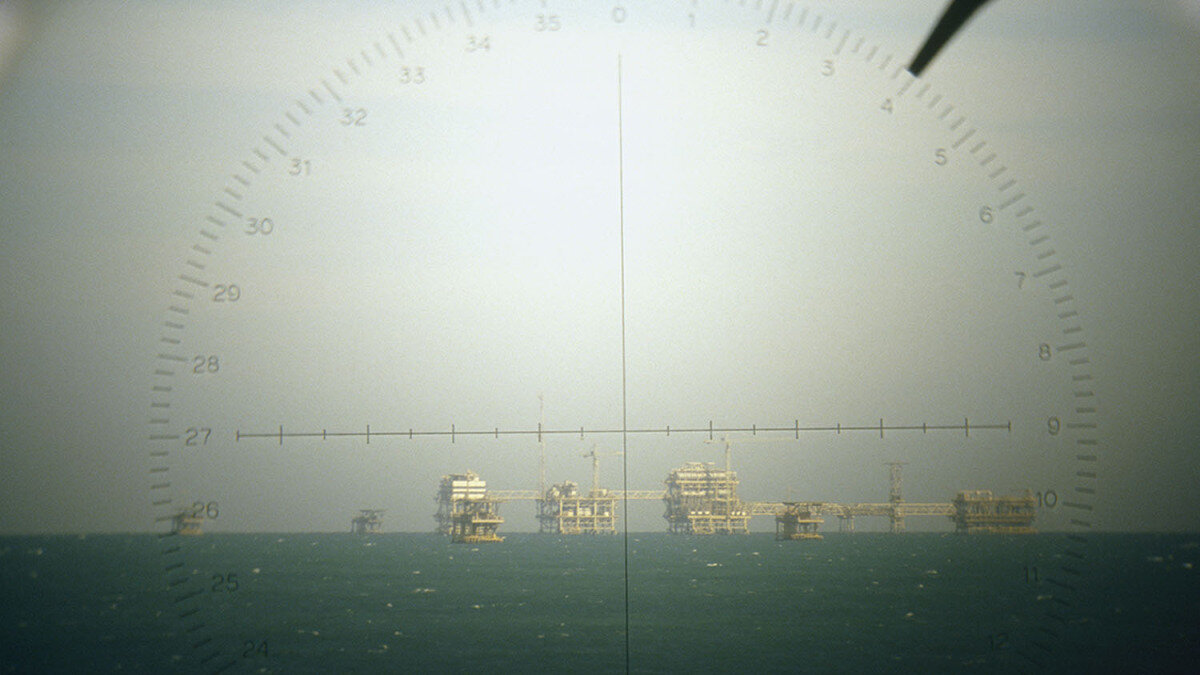
The two nations carried out 451 attacks. Of those, 259 were against oil tankers. Some 430 civilian sailors were killed. Surprisingly, the attacks did little damage to the economies of either nation. This is likely because the Strait of Hormuz never closed. Both nations also used rudimentary methods of attack. Iraq used almost all air-to-sea missiles; Iran used almost all rocket-propelled grenades. Sea mines were only a small factor.
Today, it would be a very different story. Iran has a well-established military and an advanced missile program. According to Maritime Executive, Iran also has a stockpile of at least 2,000 sea mines. Some are EM-52 smart mines. These lay on the sea floor and fire rocket-propelled warheads capable of penetrating an aircraft carrier hull.
Seafloor mines are notoriously hard to find. In the 1980s, it took a Royal Navy minesweeper six days to detect a single smart mine in the Red Sea. These weapons pose a new psychological warfare that Iran could unleash upon sea-lanes in both the Persian Gulf and Red Sea.
A Long-Range Forecast
The strategy Iran is pursuing is described in great detail in a book written thousands of years ago. The Bible explains that strategy, and based on its prophecies, Trumpet editor in chief Gerald Flurry wrote in 2015:
The Houthis’ takeover of Yemen was not just an organic revolution. It was a part of a deliberate and calculated Iranian strategy to conquer the Red Sea. This strategy is revealed in a powerful prophecy in the biblical book of Daniel.
As astounding as it may sound, the Prophet Daniel foretold about what just happened in Yemen! He even mentions names of individual nations along the Red Sea corridor that will be aligned with Iran.
Notice it: “And at the time of the end shall the king of the south push at him: and the king of the north shall come against him like a whirlwind, with chariots, and with horsemen, and with many ships; and he shall enter into the countries, and shall overflow and pass over” (Daniel 11:40). This is an end-time prophecy. It concerns the time we are living in right now, and it directly concerns these Middle Eastern nations.
For almost 25 years we have identified “the king of the south” as a radical Middle Eastern power led by Iran, and the king of the north as a German-led European power. This prophecy reveals that the Iranian-led power will push at Europe. It may be that this push could take place in the very area of Yemen or the Gulf of Aden.
You can bet it wasn’t just oil prices that leaped when Aramco announced its decision to avoid the Red Sea. Leaders in Europe must have leaped, as well. The European continent relies heavily on the Bab el-Mandeb for the flow of imports and exports. If Iran controlled both the Strait of Hormuz and the Bab el-Mandeb, the mullahs would have Europe over a barrel.
But prophecy says Iran won’t stop at two gates. It will soon have a third! Notice what else Mr. Flurry describes in his booklet Germany’s Secret Strategy to Destroy Iran:
The following verses in Daniel reveal other nations that will align with Iran, the king of the south. Those mentioned include Egypt, Ethiopia and Libya (verses 42-43). These nations all follow the sea route from the Mediterranean Sea to the Red Sea. In April 2011, I wrote that these nations are “the key that unlocks the strategy of radical Islam. … They are on the two seas that comprise the most important trade route in the world!”
Think of the danger posed by a radical Islamic power controlling the Strait of Hormuz, the Bab el-Mandeb and the Suez Canal! No wonder Europe will respond with a whirlwind!
The Iranians are pushing to gain this crucial logistical leverage. Your Bible says they will get it, but it is going to backfire in spectacular fashion! Europe is going to respond to Iran’s pushy foreign policy with whirlwind blitzkrieg!
While the end of Iranian influence over the world economy is a good thing, Europe’s military response is not. Keep reading Daniel’s prophecy to learn why! Emboldened by victory, German-led Europe will move to take control of the Holy Land and turn on the nations of America and Britain! Your Bible states it plainly! Jesus Christ Himself forecast this time and called it the “great tribulation” (Mathew 24:21). For more on this subject, be sure to request our free booklet The King of the South.
When we see Iran control the Bab el-Mandeb, we know Europe’s response is close. But take heart. The good news is that soon Christ will come to put an end to man’s violent rule over man. Where evil empires and powers once ruled, Christ will reign. Systems that enslaved or held to ransom other nations will be torn down. In their place, Christ will establish a world government. And under this rule all nations will prosper. This is the amazing future beyond the Gate of Tears.
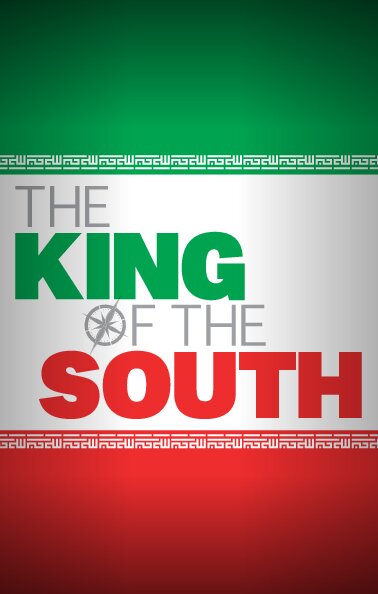
The Prophet Daniel wrote about a future confrontation between the king of the north and the king of the south. We are now in the time when these two major powers are quickly rising! The king of the south is stirring up trouble even today. It is critical that you know the identity of this prophesied power! Request your free copy of The King of the South.
